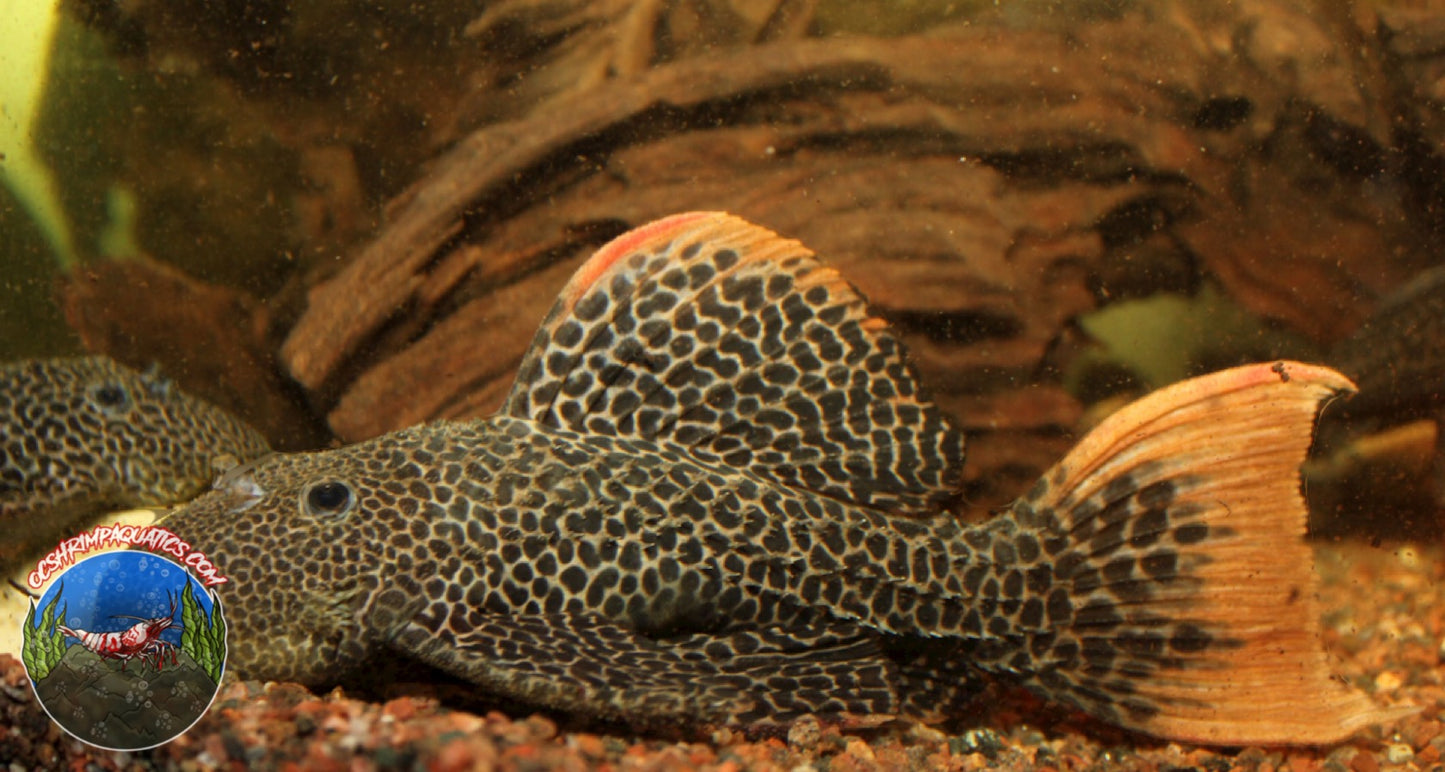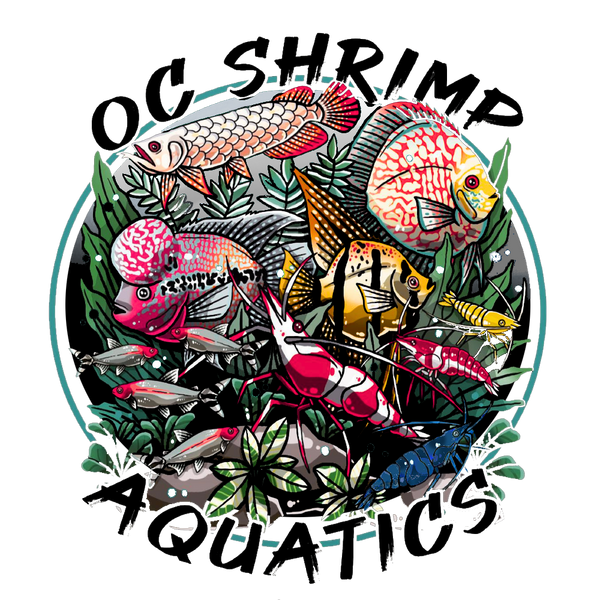OC SHRIMP AQUATIC
L 600 - LEOPARD CACTUS
L 600 - LEOPARD CACTUS
Couldn't load pickup availability
Share
The Leopard Cactus Pleco (also known as Panaque sp. "Leopard Cactus" or sometimes Panaque sp. "Leopard") is a striking and relatively rare species known for its distinctive leopard-like spots. Proper care is crucial to ensure this pleco thrives in your aquarium. Here’s a comprehensive guide to keeping a Leopard Cactus Pleco:
Tank Setup
-
Tank Size: Leopard Cactus Plecos can grow up to 12-14 inches (30-35 cm) in length. A tank of at least 75 gallons is recommended to provide sufficient space for swimming and hiding. Larger tanks are preferable for providing ample room.
-
Tank Environment: Create a tank environment that mimics their natural habitat. Include plenty of hiding spots with driftwood, caves, and rocks. Driftwood is particularly important as it helps with their digestion and provides a natural setting.
-
Substrate: Use a soft substrate like sand or fine gravel. This will help protect their barbels and prevent injuries.
Water Conditions
-
Temperature: Maintain a stable water temperature between 74-82°F (23-28°C). A reliable heater will help ensure a consistent temperature.
-
pH Level: They thrive in slightly acidic to neutral water. Aim for a pH range between 6.5 and 7.5.
-
Water Hardness: They prefer soft to moderately hard water, with a hardness range of 2-15 dGH.
-
Filtration: A high-quality filtration system is important for keeping the water clean and well-oxygenated. Regular water changes (about 25-30% weekly) are also crucial to maintain good water quality.
Diet
-
Diet: Leopard Cactus Plecos are primarily herbivores. Their diet should consist of high-quality algae wafers, fresh vegetables (such as zucchini, cucumber, and spinach), and driftwood. They can also benefit from occasional high-protein foods like bloodworms or brine shrimp.
-
Feeding: Feed them once or twice a day. Offer only what they can consume within a few hours to prevent overfeeding and water pollution.

Order and get 235 reward points
Earn points by signing up for our rewards program

